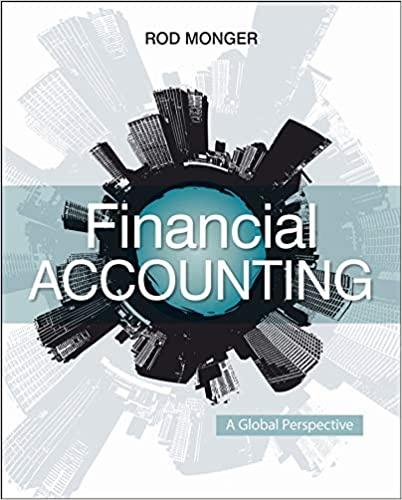Project Part B (PR-B): Accounting for Partnerships For Part B of the Project your teacher will provide you with an Excel spreadsheet template file to complete the required tasks, see file name below FNSACC414 Assessment 4 Part B templates Background Information: Read through the following background information and then follow the instructions provided in each of Project Tasks 1 and 2 Ray and Charles operate music stores in Melbourne, Victoria and have agreed to form a partnership commencing on 1st January 2020 On this date their respective financial positions as sole traders were as follows Ray's Music Charles's Music Balance Sheet Balance Sheet As at 31 December 2019 As at 31 December 2019 Assets $ Assets $ Cash at bank 20,000 Equipment 70,000 Accounts Receivable 23,000 Accounts Receivable 30,000 Stock on hand 24,000 Less Allowance for Doubtful (7.000) Debts Equipment 55,000 Stock on hand 27,000 122,000 Liabilities 120,000 Accounts Payable 24,000 Liabilities Net Assets 98,000 Accounts Payable 28,000 Owner's Equity Net Assets 92,000 Capital - Ray 98,000 Owner's Equity Capital - Charles 92.000 . . The Partnership Agreement made by Ray and Charles included the following clauses: The Partnership business name is to be Ray Charles Music Each partner is to contribute net assets to the partnership valued at $100,000 per partner Each partner is entitled to a monthly salary of $5,000 Interest on loans (advances) from partners shall be at the rate specified in the Victorian Partnership Act. Interest on Capitals shall be at the rate of 8% per annum. Remaining Profit or Losses shall be divided amongst partners in in proportion to their Capital account balances at 30 June Extract of Accounting Policies and Procedures of Ray Charles Music: The business is registered for GST Reporting Requirements: The business must prepare an Income Statement, Balance Sheet and Statement of Cash Flows The financial reports should comply with AASB 101: Presentation of Financial Statements and AASB 107: Cash Flow Statements General Journal Entries General Journal tasks should be appropriately structured in accordance with standard accounting practice and should contain: The correct date of the entry The correct name of the general ledger account brief memo that describes the transaction General Ledger A Chart of Accounts has been drawn up in consultation with the accountant of the business Ledger accounts shall not be added changed, or deleted without consultation with your supervisor All general ledger accounts need to be appropriately completed, showing a running balance in each line entry (3 column ledger accounts) Stocktake The business uses the Perpetual Inventory system to manage its inventory, with an annual stocktake being completed at the end of the year in late June or early July to reflect stock levels accurately. Journal adjustments are required to reconcile the stock on hand in the General Ledger Authorisation procedures Any discrepancies, verification or authorisations must be referred to the senior accountant for investigation and correction NOTE: the textbook usually only requires selected General Ledger accounts to be prepared for this topic, but as this is a Project, the entire General Ledger is required and should record all transactions to the end of Task 2








